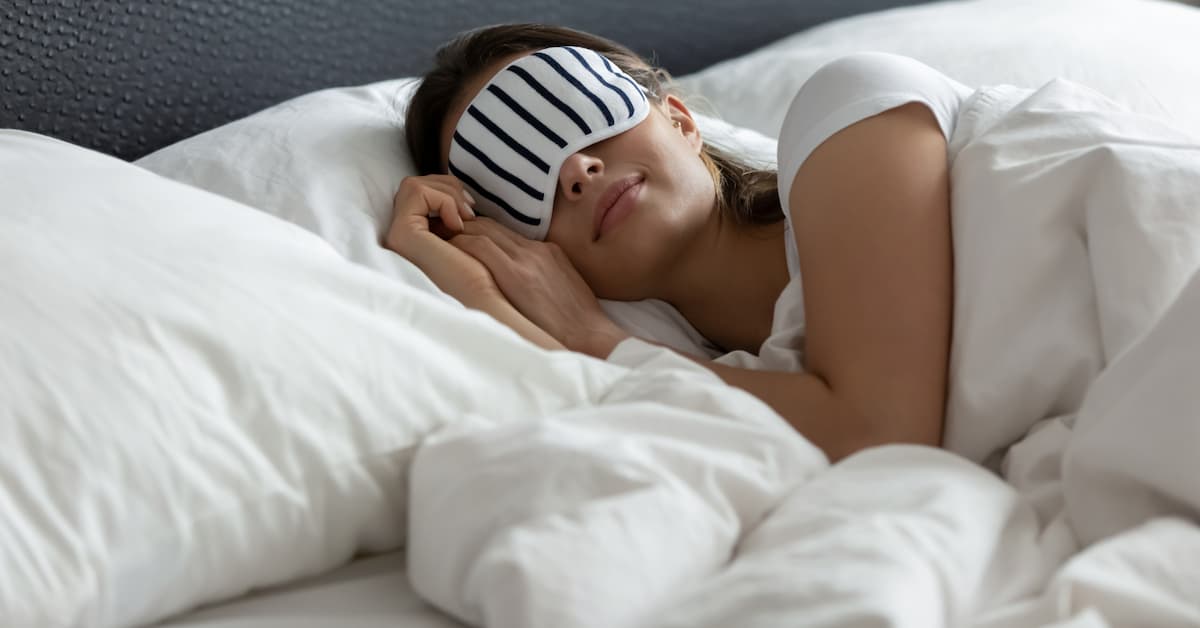Struggling to get quality sleep? For many adults, excess weight silently contributes to snoring, apnea, and nighttime awakenings. Weight gain around the neck and torso can narrow airways, leading to choking, snoring, and frequent awakenings. For busy parents and professionals aged 30–60 who value holistic wellness, Konk Slim’s GLP-1 therapy offers a non-invasive approach. By targeting weight loss, GLP-1 agonists may provide a path to deeper, more natural sleep without relying solely on CPAP machines.
What Role Does Weight Loss Play in Enhancing Sleep Quality?
Excess weight is one of the strongest modifiable risk factors for obstructive sleep apnea. Fat deposits around the throat and upper airway can restrict airflow when you lie down, causing pauses in breathing and oxygen drops. Losing even a modest amount of body weight, 5–10% of total mass, can reduce neck circumference, ease airway restriction, and lessen the frequency of apnea events. This can restore normal oxygen levels, reduce micro-arousals, and support more consolidated sleep cycles. Beyond structural changes, shedding pounds often lowers inflammation markers that are linked to daytime fatigue and poor sleep architecture. But the benefits of weight loss on sleep extend beyond anatomy.
Weight loss also influences metabolic hormones that regulate energy and rest. Hormones like leptin (which signals fullness) and ghrelin (which triggers hunger) can become dysregulated in people with obesity, leading to constant cravings and disrupted feeding schedules. When meal timing is off or caloric intake spikes late in the evening, the body struggles to shift into restorative sleep. By achieving steady weight loss, individuals can correct these hormonal imbalances, stabilize appetite, and support the natural onset of sleep, making it easier to fall asleep and stay asleep through the night.
How Does GLP-1 Therapy Support Both Weight Loss and Restful Sleep?
GLP-1 (glucagon-like peptide-1) agonists mimic a gut hormone that regulates appetite and blood sugar. By activating GLP-1 receptors, these medications slow gastric emptying, enhance insulin response, and increase feelings of fullness after meals. Patients typically eat smaller portions and experience fewer cravings, which leads to gradual, sustainable weight loss. Unlike crash diets, stimulant-based weight-loss pills, or restrictive meal-replacement plans that can spike hunger once stopped, GLP-1 therapy aligns with the body’s natural hunger signals, reducing the risk of rebound weight gain that often undermines sleep improvements.
In addition to curbing appetite, GLP-1 agonists have shown promise in reducing systemic inflammation, a factor that can disrupt sleep and impair deep-rest phases. Lower inflammation can alleviate nasal congestion and swelling in the upper airway, which may complement other sleep apnea treatments like CPAP. Compared with more invasive options such as bariatric surgery, which carries surgical risks and longer recovery, GLP-1 therapy offers a non-invasive, at-home solution. Administered via once-weekly or daily injections, it fits into busy schedules without disrupting your evening routine. Many patients report better sleep onset and fewer awakenings as their weight decreases and inflammation subsides.
What Sleep Improvements Can Patients Expect From GLP-1 Treatment?
Individuals using GLP-1 therapy often notice a progressive improvement in sleep metrics over the first three to six months of treatment. Common benefits include:
- Reduced snoring and apnea episodes. As weight diminishes around the neck and throat, airflow becomes less obstructed, resulting in quieter breathing and fewer breathing interruptions.
- Deeper REM and slow-wave sleep. When the body spends less time in light sleep recovering from arousals, it can allocate more time to restorative stages, improving memory, mood, and daytime energy.
- Shorter sleep latency. Many patients report drifting off more quickly as their body composition changes. Falling asleep faster is a direct result of decreased nighttime coughing, choking, and tossing.
Some individuals also experience less daytime sleepiness and a lower risk of cardiovascular strain, as sustained oxygenation overnight protects the heart from stress. While GLP-1 therapy is not a standalone cure for sleep apnea, its weight-loss benefits can significantly enhance overall sleep quality, often allowing patients to reduce reliance on aggressive CPAP settings over time, under their provider’s guidance, and not as a replacement for prescribed apnea therapies.
Take the Next Step with Konk Slim
Great sleep strengthens your body, sharpens your mind, and stabilizes your mood. Join Konk Slim’s online GLP-1 program for quick diagnosis and expert support all the way through.

